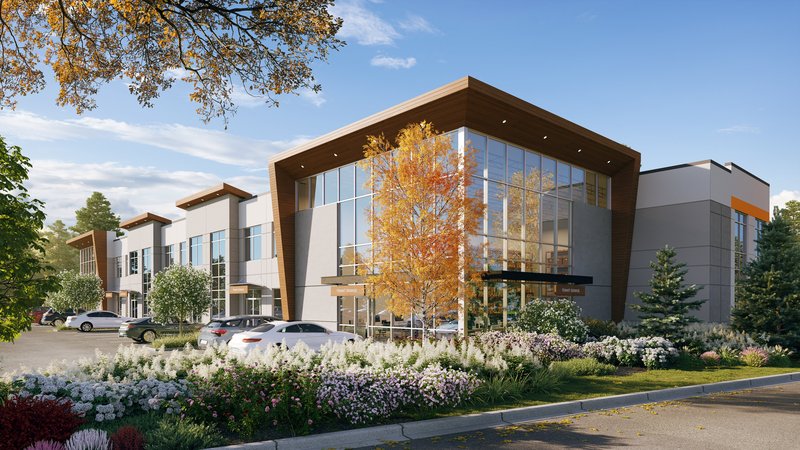The Future of Real Estate: A Look at Advanced Commercial Rendering Techniques
Fuelled by the rise of advanced technologies, the real estate market is transforming. How we design, market, and envision commercial spaces is the result. Central to this revolution is the evolution of commercial rendering techniques. These sophisticated visualization tools enable architects, designers, and real estate professionals to showcase properties in innovative ways, capturing the attention and imagination of potential investors and clients.
As we look at the future of real estate, it's crucial to understand the role of advanced commercial rendering techniques in this dynamic landscape. Let's explore the latest trends, their implications, and how they're set to change the industry.
From 2D to 3D: The Rise of Immersive Visualizations
Architectural visualizations have historically relied on 2D drawings and physical models. However, the transition to 3D renderings has transformed how commercial spaces are presented. These three-dimensional visuals offer a depth of detail and realism that 2D drawings can't match.
But the future holds more than just static 3D images. Animated walkthroughs and fly-throughs are becoming standard offerings, allowing viewers to experience a virtual space, move from room to room, and even explore the exterior landscape. These animated visualizations offer a more comprehensive understanding of space, scale, and design intent.
Virtual Reality (VR)–Stepping Inside the Un-built
Virtual Reality (VR) is one of the most significant advancements in commercial rendering. With VR headsets, users can immerse themselves in an interactive 3D environment. It's the closest one can get to walking through a property without it being built.
For real estate professionals, this is a fundamental change. Potential investors or buyers can "experience" a space, understanding its flow and spatial relationships. VR also allows for real-time modifications. Imagine changing wall colours, furniture layouts, or lighting fixtures on the fly, ensuring the ultimate design aligns with client preferences.
Augmented Reality (AR)–Merging Real and Virtual
While VR immerses users in a digital environment, Augmented Reality (AR) overlays virtual elements into the real world. Through smartphones or AR glasses, users can see how a proposed building fits into its actual environment or how a renovated space will look upon completion.
For commercial real estate, this offers a powerful tool for site visits. Potential clients can stand on an empty plot and see, through AR, how the proposed structure will look, understanding its scale, orientation, and relation to its surroundings.
Artificial Intelligence and Predictive Design

As commercial rendering becomes more sophisticated, so too does the technology driving it. Artificial Intelligence (AI) is playing a role in architectural visualization. Machine learning algorithms can analyze vast amounts of data, from user preferences to global design trends, and suggest design modifications or predict future trends.
Fuelled by AI, this predictive design approach can be invaluable in ensuring commercial spaces are pleasing, functional, efficient, and in line with market demands.
Cloud-Based Rendering–Collaboration in Real-Time
The architectural and design process often involves collaboration between various stakeholders. Cloud-based rendering platforms are emerging as vital tools, enabling real-time collaboration. Multiple users can view, comment on, and even change a rendering, regardless of their geographical location.
This collaborative approach streamlines the design and revision process, ensuring faster turnaround times and more cohesive ultimate designs.
Hyperrealism–Blurring Lines between Reality and Rendering
Pursuing realism has always been at the heart of architectural rendering. With advancements in software capabilities and computing power, we're now seeing hyperrealistic renderings that are almost indistinguishable from photographs.
Such a level of detail, from accurate reflections to intricate textures, elevates the presentation of commercial spaces, allowing clients to visualize projects with unparalleled clarity.
Conclusion
The fusion of technology and artistry in commercial rendering is setting the stage for an exciting future in real estate. As visualization tools become more advanced, they offer deeper insights, foster better communication, and ensure more informed decision-making. For those in the real estate and architectural sectors, embracing these advanced commercial rendering techniques isn't just about staying ahead of the curve but redefining it.
Our Services
View some of our most popular services below.











